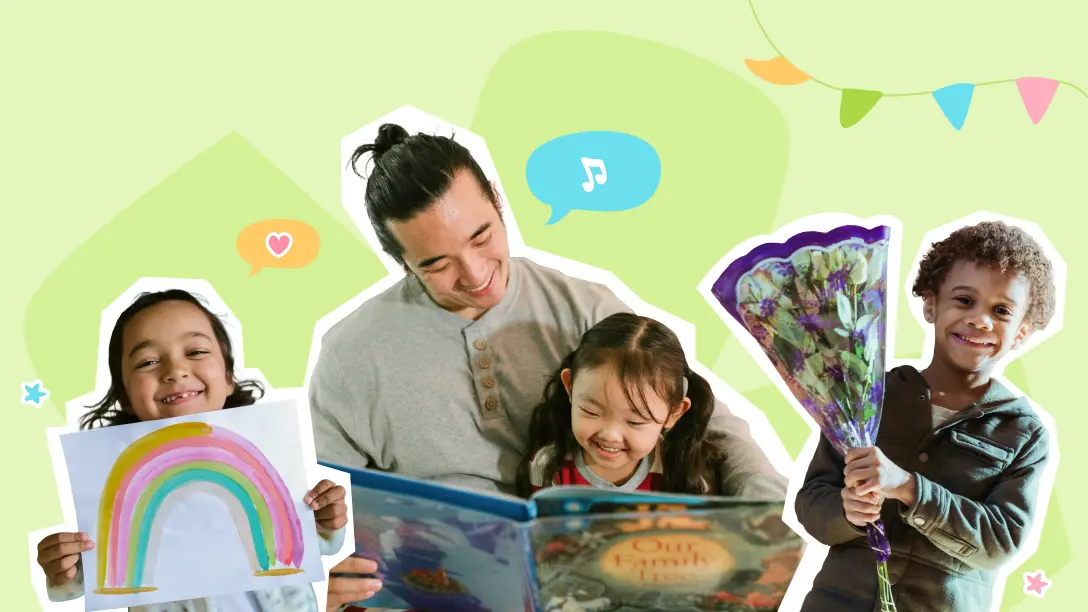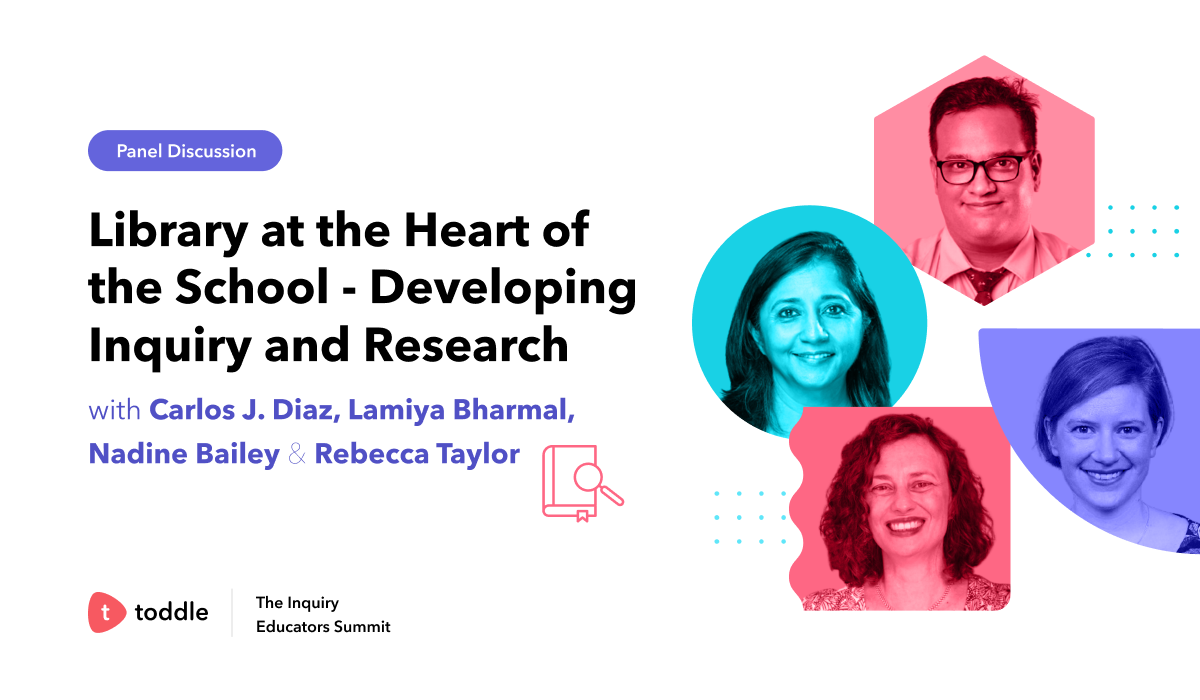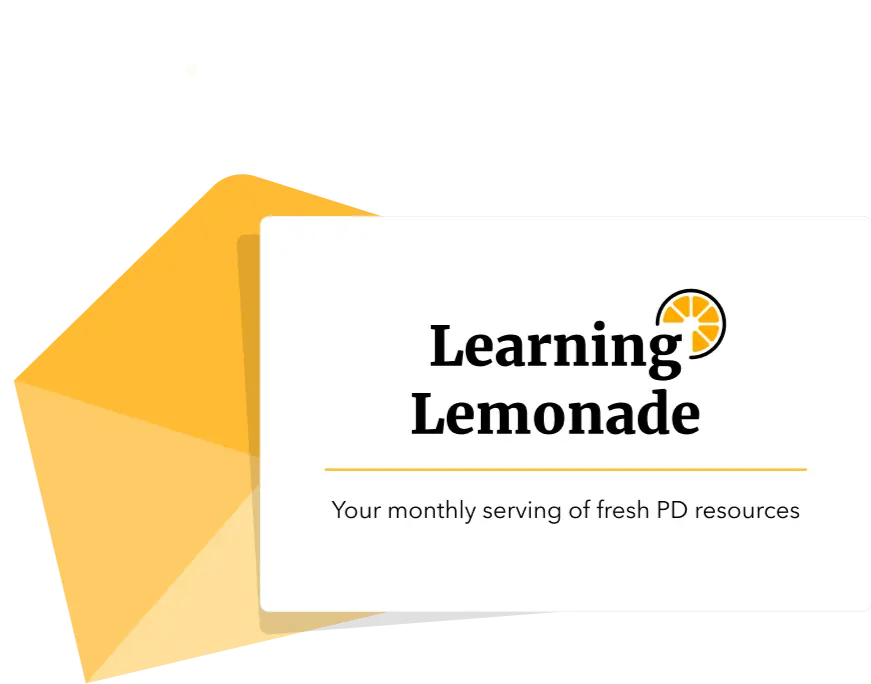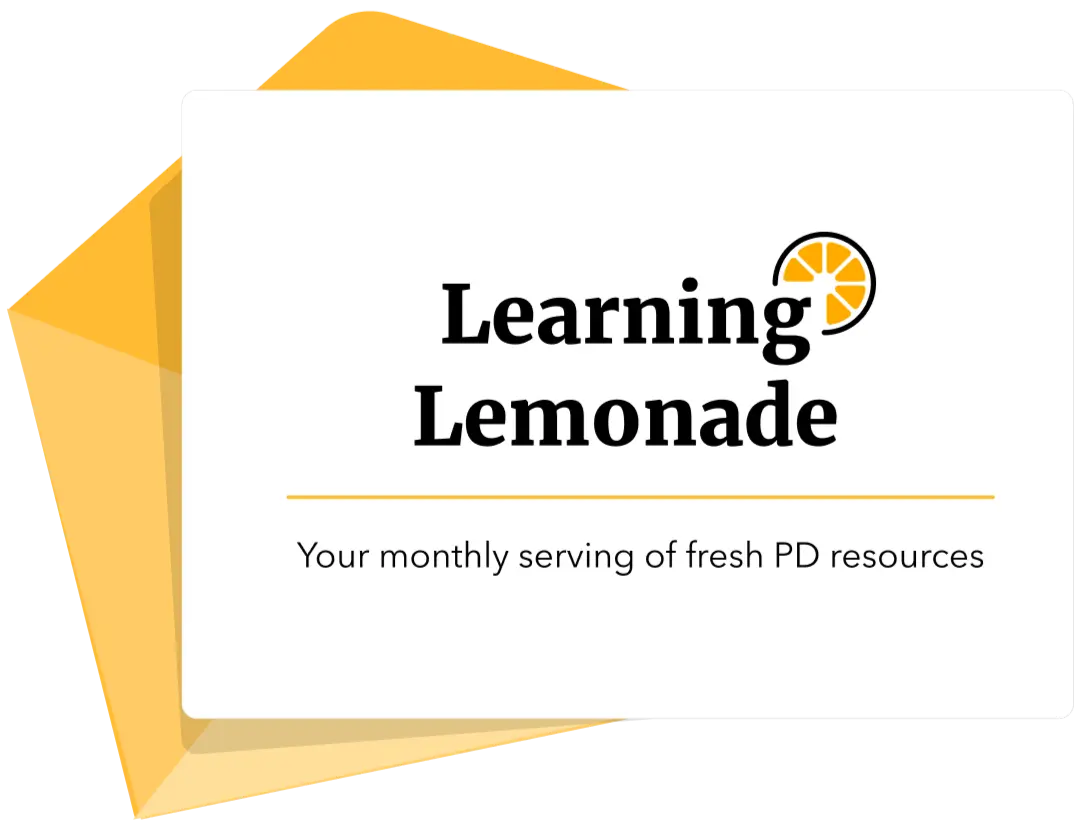‘S’ is for STEAM and Student Engagement
The ‘Why’ and ‘How’ of Student Engagement
One of my favourite teacher quotes is “The fact that you are teaching, does not mean that they are learning” (anonymous). Student engagement sometimes appears to be this elusive object of teachers’ desire, the mirage, the “promised land” that we are all after. I say elusive, on purpose, as very often we are not quite sure if learners are truly engaged or simply compliant. Without authentic engagement from our students, our daily interactions in the classroom fall flat and become performative and quite draining on both the teachers’ and students’ side.
“Student engagement is the product of motivation and active learning. It is a product rather than a sum because it will not occur if either element is missing,” wrote Elizabeth F. Barkley. These two elements, motivation and active learning, are at the forefront of current discussions in education. We want learners to foster self-efficacy and intrinsic motivation, and hence, are willing to engage in discussions and increased professional inquiries into learner agency.
Learners enjoy and thrive when their learning is active and they get to connect, communicate, collaborate, create and use their personal passions and interests within their learning environment and interactions.
The ‘Why’, ‘How’ and ‘What’ of STEAM
STEAM as a term was originally developed early in the 21century in the U.S. as an enhancement to the initial acronym STEM first used by the U.S. Dept. of Commerce. STEM was coined to refer to gaps in the job market requiring more science, technology, engineering and mathematically oriented employees, which fuelled certain educational programmes and schemes. It was quickly recognised that the true power and future promise lies in STEAM, with Arts as the fifth essential component.
Nowadays, national and international education programmes are incorporating STEAM elements into their framework to meet the needs of the future employability of their learners and tap into their interests and passions. STEAM programmes offer learners opportunities to explore and experiment with practical elements of science, technology, engineering, art and mathematics. Thus drawing on the natural curiosities and wonder that children carry in them regarding exploring the world through senses, observations, testing, predictions, play and making.
Where to Begin – Know Thy Learners!
Contrary to what some educational resource suppliers may want us to believe, STEAM programmes and experiences do not require vast amounts of investment in resources and training. To begin, we need to look no further than our learners.
Whether teaching from home, at school or both, we know that the strength of our learning communities lies in their relationships. Children, as well as teachers, want to “belong.” Belonging and genuine connection is fostered by taking a real interest in all members of our community. What we really need is to ask our learners about their interests, make their passions and passion projects visible and co-develop STEAM choices and challenges with them.
Hence, STEAM is an amazing opportunity for us to power up student motivation by building on their curiosity and engaging them in activities they enjoy outside of school or in their free time.
Connecting With Early Years
Early Years is where STEAM is at its strongest and most innately driven. Children are naturally curious about how the world works and wonder, probe, test and share their theories gladly with those who listen. The Early Years STEAM Collection on Toddle Community provides us with opportunities to tap into children’s interests and use those to learn more about our learners – their attitude to making, tinkering, and creating. Learning experiences like ‘Every Toy Needs A Home’ can be assigned to encourage young children to use their problem-solving skills and creativity while engaging in a design challenge. Students can deepen their conceptual understanding of shapes, patterns, and rhythm through simple and enjoyable learning experiences such as ‘Musical Mosaics’ and ‘Cloud Dreamer’.

Do not be surprised if students quickly start moderating the experiences or coming up with opposite ideas to what we intended. This is our opportunity to listen, take notes (visibly, on butcher paper, whiteboard, jamboard etc.), acknowledge these ideas and use those to design future provocations or passion projects.
Connecting With Lower Primary
Children at this stage have a great talent for organizing and categorizing their world. They are great fans of labels, tags, post its, visual and graphic symbols and organizers, which gives us another opportunity to grab their attention. The learning experience, ‘Green Thumb’ encourages students to take up the role of a researcher as they inquire further about how to grow plants and make sustainable choices, starting at home. Learning experiences like ‘The Ultimate Umbrella Challenge’ and ‘Trash Or Treasure Tower Challenge’ incorporate elements of design thinking while allowing students to get creative and build using recycled materials easily available at home. If we take, for example, a simple experience of a “scavenger hunt” for materials for making around the classroom or the house (in the case of hybrid or distance learning), we are sure to be surprised by how many different items and materials children can come up with. Extend this engagement by asking them not just about the form of those items but their function, and we are in for quite a treat!

Connecting With Upper Primary
As children grow, they become more discerning about their passions and interests and become much more design-oriented. This is a perfect time to work with engineering, robotics, electronics or programming.
All areas of STEAM lend themselves to great transdisciplinary curriculum links across science, language and mathematics. Children are keen to take measurements to make sure their cardboard robot can actually stand straight and will test and follow the stages of the design process (think, ideate, create, test, re-design, share) to make their creations functional.
The Lower And Upper Primary STEAM Collection on Toddle Community consists of learning experiences that are open-ended to allow children to use the materials they have at their disposal to solve authentic, real-world problems. Learning experiences like ‘Be A Tech Genius: Problem Solver’ encourages students to identify problems, develop multiple solutions, and finally design a solution. Through ‘Mindful Art’, students can unwind and relax as they paint to music and practise mindfulness.

Choose-Act-Reflect
By enrolling our learners as “co-authors” of the STEAM choices or projects in our classroom, we are not only raising student engagement and collaboration but motivating children to make choices about their learning, take responsibility for their actions and reflect on how they are growing as scientists, tech wizards, engineers, artists and mathematicians. Thus activating their self-directed learning (aka learner agency), self-efficacy and intrinsic motivation.
Our future relies on these life-long learners growing up in our classrooms. The quality of scientific, technological, engineering solutions they develop and apply may in many ways affect the survival of our planet. Thus, our goal should be to engage them in learning experiences that nurture their creativity.
Let the words of late Sir Ken Robinson “I believe profoundly that we don’t grow into creativity; we grow out of it. Often we are educated out of it,” serve as a reminder to make sure our classrooms, streams, boards, chat rooms, notes, comments, posts, displays – showcase our learners, their creativity and their passion for learning.














